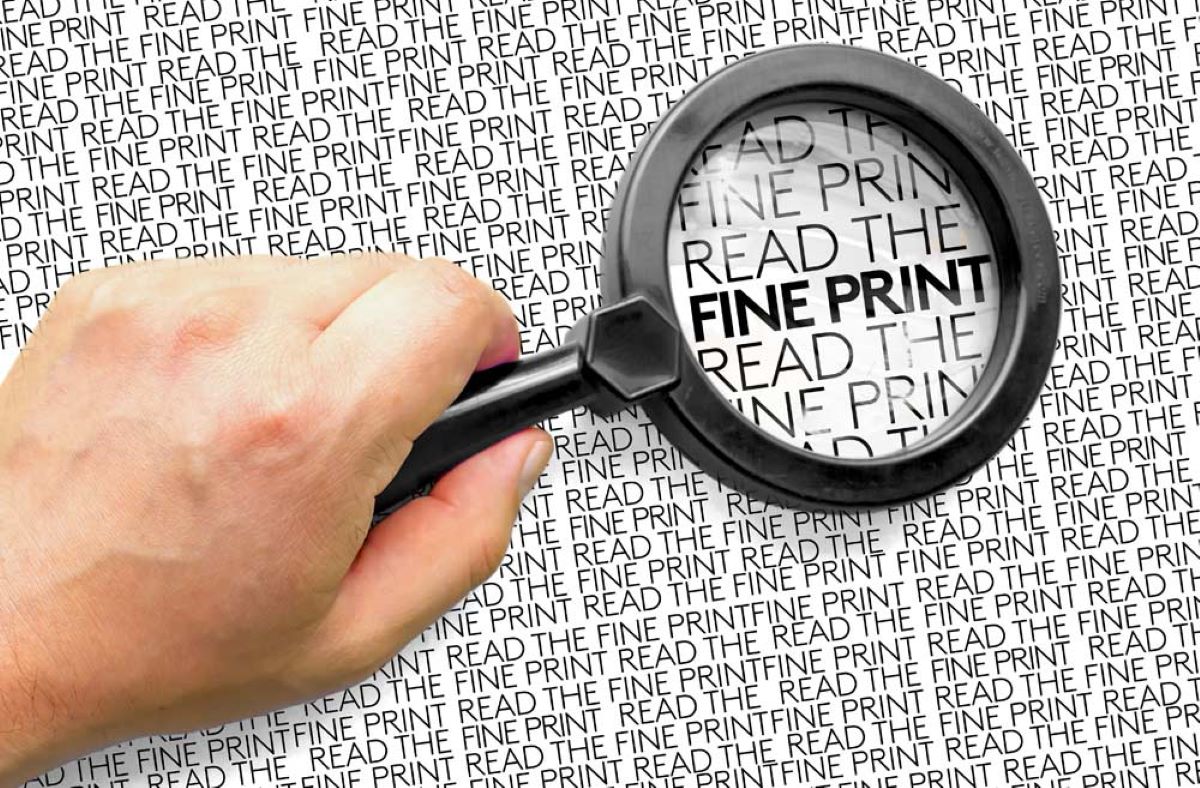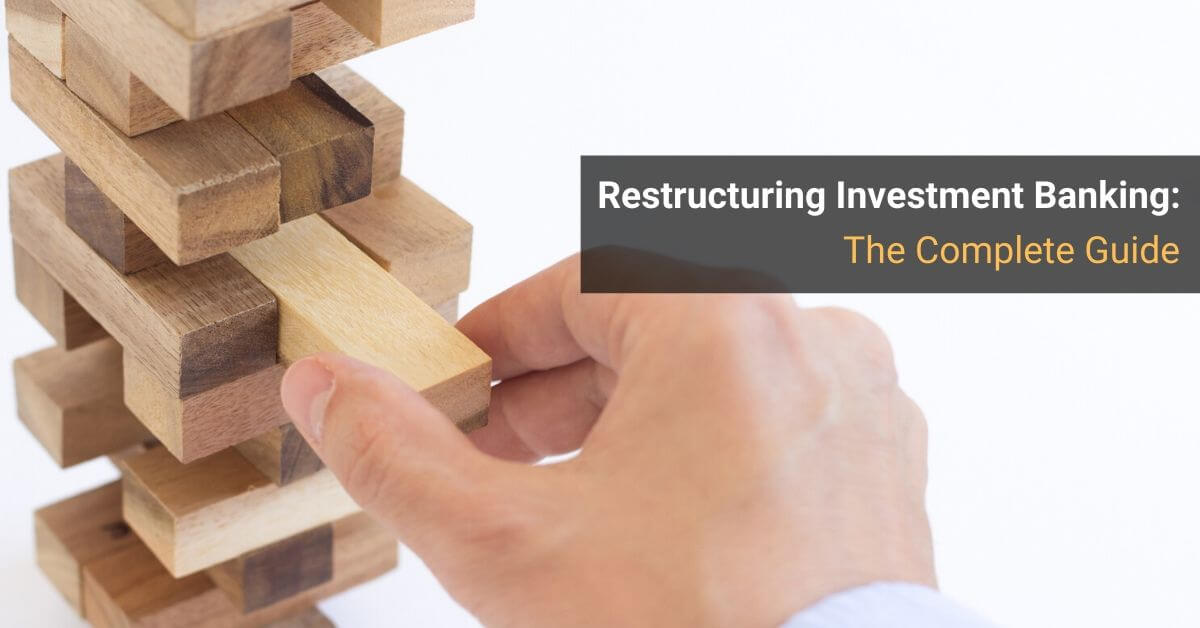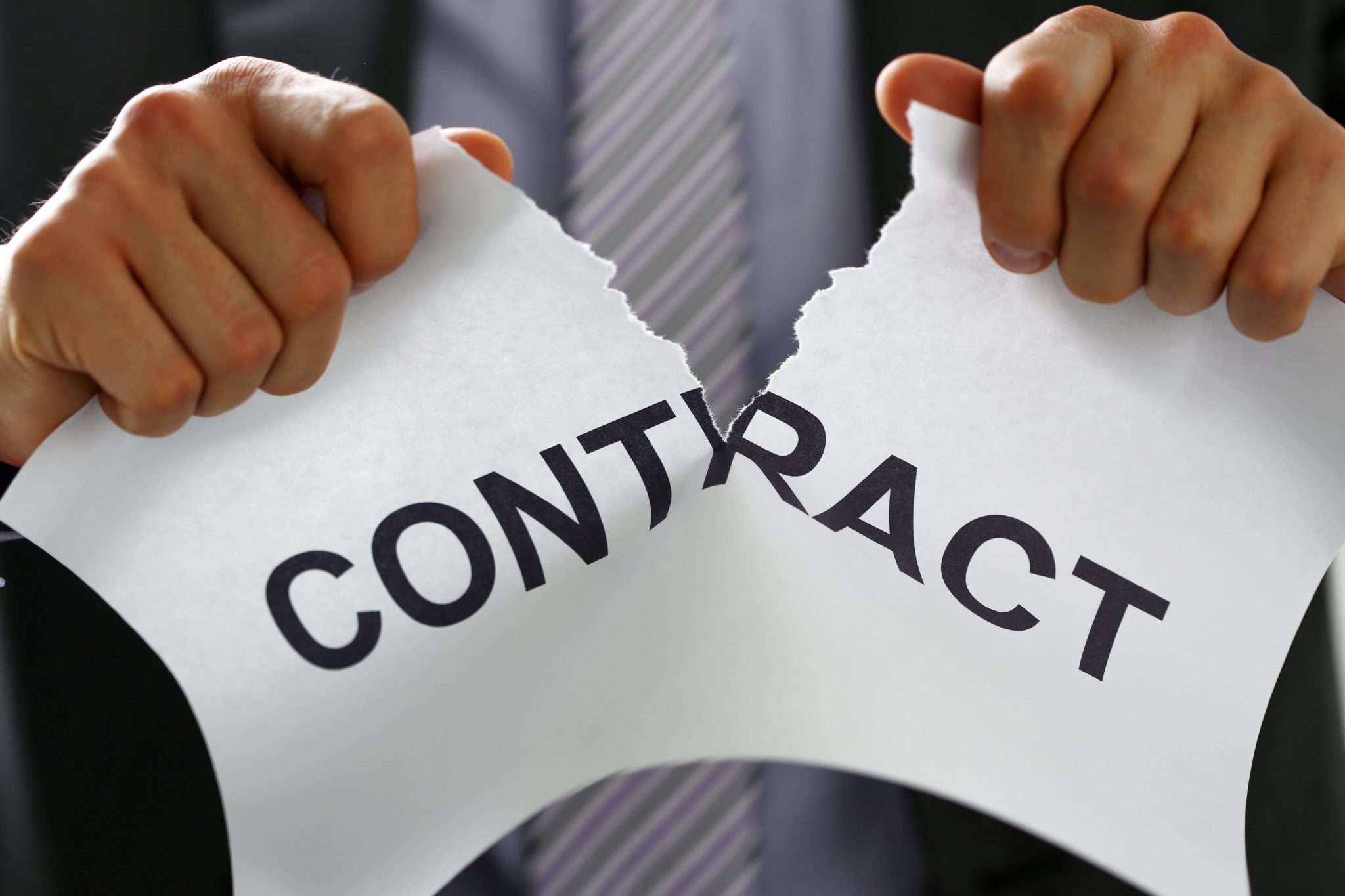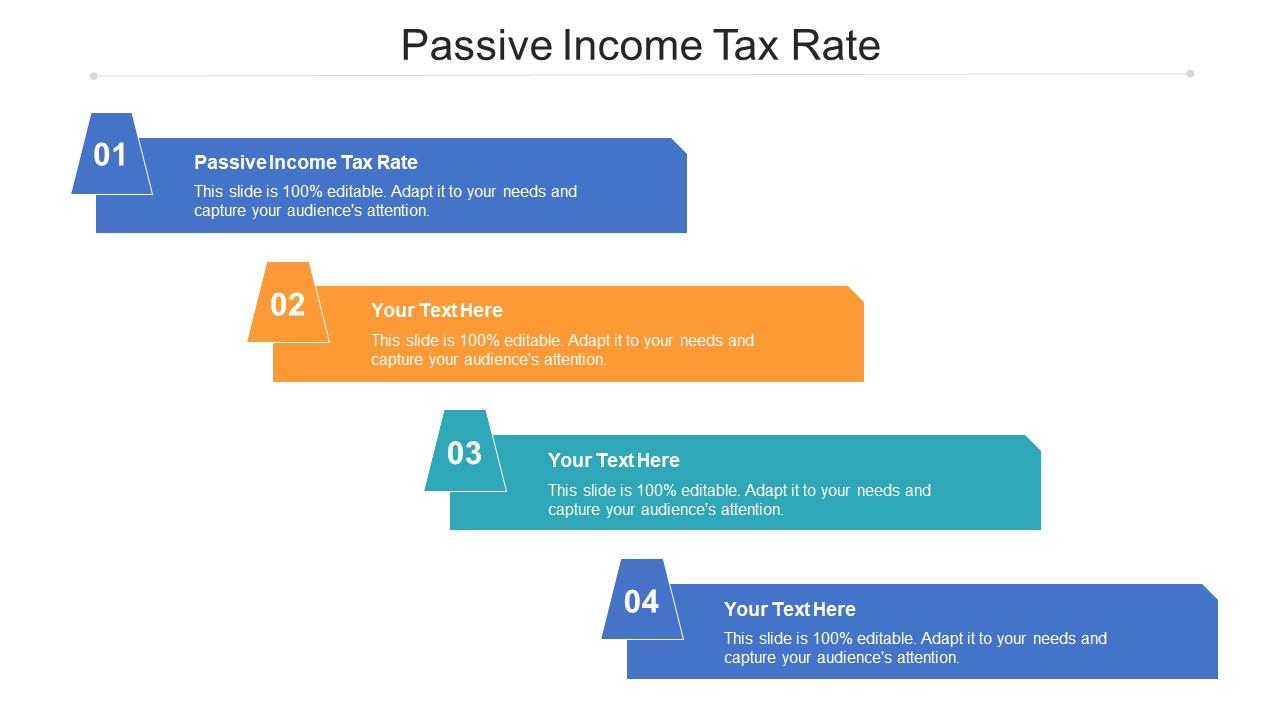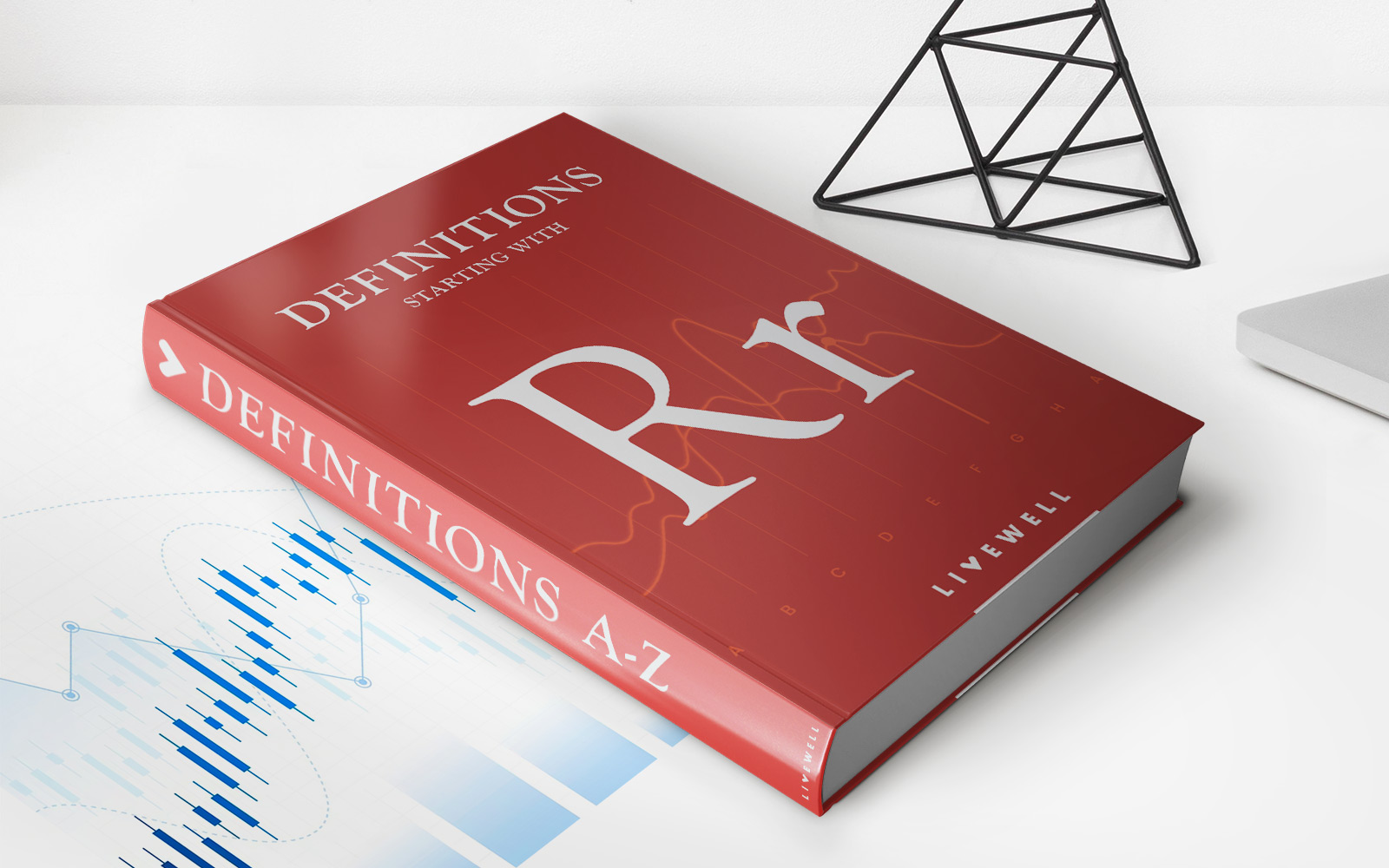Home>Finance>How To Get A Gap Insurance Refund After Trade-In?


Finance
How To Get A Gap Insurance Refund After Trade-In?
Modified: February 21, 2024
Learn how to get a refund on your gap insurance after trading in your vehicle. Get expert tips and advice on how to navigate the finance process.
(Many of the links in this article redirect to a specific reviewed product. Your purchase of these products through affiliate links helps to generate commission for LiveWell, at no extra cost. Learn more)
Table of Contents
- Introduction
- What is Gap Insurance?
- Understanding Trade-In Transactions
- The Need for a Gap Insurance Refund
- Steps to Get a Gap Insurance Refund After Trade-In
- Step 1: Gather Important Documents
- Step 2: Contact the Gap Insurance Provider
- Step 3: Provide the Necessary Information
- Step 4: Follow Up with the Provider
- Step 5: Review and Confirm the Refund Amount
- Step 6: Receive the Gap Insurance Refund
- Conclusion
Introduction
When purchasing a new car, many people choose to protect their investment by obtaining gap insurance. Gap insurance, also known as guaranteed asset protection insurance, covers the difference (or “gap”) between the amount owed on a car loan and the actual cash value of the vehicle. This type of insurance can be very useful in the event of theft or total loss of the vehicle, as it ensures that you won’t be left owing money on a car that is no longer drivable.
However, what happens if you decide to trade in your car before the loan is fully paid off? In this scenario, you might be wondering if you are entitled to a gap insurance refund. The good news is that it is possible to get a refund in this situation.
Obtaining a gap insurance refund after a trade-in can be a somewhat complex process, but with the right information and steps, you can successfully navigate the refund process. In this article, we will guide you through the necessary steps to secure your gap insurance refund after trading in your car.
Before we dive into the refund process, it’s important to have a clear understanding of what gap insurance is and how it works. Let’s explore that in the next section.
What is Gap Insurance?
Gap insurance, also known as guaranteed asset protection insurance, is designed to protect car owners from financial loss in the event of a theft or total loss of their vehicle. It covers the difference (or “gap”) between the amount owed on a car loan or lease and the actual cash value of the vehicle at the time of the incident.
When you purchase a new or used car, the value of the vehicle begins to depreciate as soon as you drive it off the lot. Traditional auto insurance policies typically only cover the actual cash value of the car, which can be significantly lower than the outstanding loan balance. This is where gap insurance comes in.
If your car is stolen or totaled in an accident, your auto insurance company will only provide a settlement based on the actual cash value of the car. However, if the loan amount is higher than the actual cash value, you would be responsible for paying the difference out of pocket. Gap insurance prevents this financial burden by covering the shortfall.
Gap insurance is particularly valuable for individuals who have leased vehicles or those who have financed their cars with small or no down payments. In these situations, the loan amount often exceeds the depreciation rate, leaving a significant gap between the loan balance and the actual value of the car.
It is important to note that gap insurance is usually purchased at the time you finance or lease your vehicle. The cost of the insurance can vary depending on factors such as the type of vehicle, loan amount, and your credit history. It can be included in your monthly car payment or paid for separately.
Now that we have a better understanding of gap insurance, let’s move on to the next section to explore the specifics of trade-in transactions.
Understanding Trade-In Transactions
When you decide to trade in your car, you are essentially selling it to the dealership in exchange for credit towards the purchase of a new vehicle. This transaction involves transferring ownership of your current vehicle to the dealership and applying the appraised value of the car towards the new vehicle’s purchase price.
Trade-in transactions can be a convenient way to upgrade your vehicle without the hassle of selling it privately. However, when you still have an outstanding loan on your current car, things can get a bit more complicated. The dealership will typically pay off the loan balance on your behalf and deduct that amount from the trade-in value of the car.
Now, you might be wondering, what happens to the gap insurance you have already paid for when you trade-in your car? This is where the need for a gap insurance refund arises.
When you trade in your vehicle, the gap insurance policy for that car is no longer necessary since you will no longer own it or have a loan on it. In this case, it is only fair that you receive a refund for the unused portion of the gap insurance premium that you have already paid.
However, it is important to note that the process of obtaining a gap insurance refund after a trade-in is not automatic. You will need to take specific steps to ensure that you receive the refund you are entitled to. In the following section, we will guide you through the necessary steps to get a gap insurance refund after a trade-in.
The Need for a Gap Insurance Refund
When you trade in your car, the gap insurance policy you had on that vehicle becomes unnecessary. Since you no longer own the car or have a loan on it, there is no longer a gap between the loan amount and the car’s value to protect against.
Given this change in circumstances, it is only fair for you to receive a refund for the unused portion of the gap insurance premium that you have already paid. This refund can help offset the cost of your new insurance policy or be used towards other expenses related to your new vehicle.
Moreover, obtaining a gap insurance refund after a trade-in can provide financial relief and peace of mind. By getting a refund, you can avoid paying for coverage that you no longer need, allowing you to allocate those funds towards other pressing financial obligations.
It’s important to note that not all gap insurance policies are refundable. The refundability of your policy will depend on the terms and conditions set by the insurance company. However, many insurance providers do offer refunds for unused portions of gap insurance premiums, so it’s definitely worth exploring your options.
By taking the necessary steps to obtain a gap insurance refund after a trade-in, you can ensure that you are not paying for coverage that is no longer applicable to your situation. In the next section, we will outline the steps you need to follow in order to successfully secure your gap insurance refund.
Steps to Get a Gap Insurance Refund After Trade-In
If you have traded in your car and no longer require gap insurance, here are the steps you can take to secure a refund for the unused portion of your gap insurance premium:
- Gather Important Documents: Collect all relevant documents related to your gap insurance policy, including the policy itself, loan information, and trade-in documentation.
- Contact the Gap Insurance Provider: Reach out to your gap insurance provider to inform them of the trade-in and your request for a refund. This can usually be done through a phone call or by filling out an online form.
- Provide the Necessary Information: The gap insurance provider will likely require specific information to process your refund request. This may include details about your new vehicle, the trade-in transaction, and proof of loan payoff.
- Follow Up with the Provider: Stay proactive and follow up with the gap insurance provider to ensure that your refund request is being processed. Keep a record of all communication and any reference numbers provided during the process.
- Review and Confirm the Refund Amount: Once the gap insurance company has processed your refund, carefully review the refund amount. Ensure that it accurately reflects the unused portion of your premium and that all relevant fees or deductions are accounted for.
- Receive the Gap Insurance Refund: The refund can typically be issued in the form of a check or direct deposit. Confirm with the gap insurance provider the method of payment and the expected timeframe for receiving your refund.
It’s important to note that the specific refund process may vary depending on the gap insurance provider and their policies. Some companies may have specific forms or procedures in place for refund requests, so it’s essential to follow their guidelines accordingly.
Remember to keep copies of all documents, receipts, and correspondence related to your refund request for future reference. This will help you have a record of the refund process and assist you in case of any issues or disputes.
By following these steps and being proactive in communicating with your gap insurance provider, you can increase your chances of successfully obtaining a refund for the unused portion of your gap insurance premium.
Step 1: Gather Important Documents
Before reaching out to your gap insurance provider to request a refund, it’s essential to gather all the necessary documents related to your gap insurance policy and the trade-in transaction. This will help you provide accurate and comprehensive information to the insurance company and expedite the refund process.
Here are the important documents you should have on hand:
- Gap Insurance Policy: Retrieve a copy of your gap insurance policy. This document contains important details such as the policy number, effective dates, and coverage terms. If you can’t find a physical copy, contact your insurance provider to request a duplicate.
- Loan Documentation: Gather the loan information for the vehicle you traded in, including the original loan agreement and any subsequent loan statements. This information will help the insurance provider verify your loan balance and confirm the amount that was paid off during the trade-in.
- Trade-In Documentation: Collect all documents related to the trade-in transaction, such as the bill of sale, trade-in agreement, and proof of ownership transfer. These documents will confirm the date of the trade-in and serve as evidence that the gap insurance is no longer necessary.
- Payoff Verification: Obtain documentation from your dealership or lender that confirms the payoff amount for the loan on your traded-in vehicle. This will help the insurance provider calculate the refund amount based on the remaining unused portion of your gap insurance coverage.
By having these documents readily available, you can provide accurate and complete information to your gap insurance provider. This will expedite the refund process and help ensure that you receive the appropriate refund amount.
Make sure to check the requirements and guidelines provided by your gap insurance provider regarding the specific documents they may require for processing the refund request. This will help you gather any additional documentation that might be needed.
Once you have gathered all the necessary documents, you are ready to move on to the next step: contacting your gap insurance provider to initiate the refund request.
Step 2: Contact the Gap Insurance Provider
After gathering all the required documents, the next step in obtaining a gap insurance refund after a trade-in is to contact your gap insurance provider. Getting in touch with the insurance company is crucial for initiating the refund process and informing them of your trade-in and refund request.
Here are some important points to consider when contacting the gap insurance provider:
- Customer Service Contact Information: Locate the contact information for the gap insurance provider’s customer service department. This can typically be found on their website, insurance policy, or billing statements. Use the designated phone number or email address to reach out to them.
- Choose the Preferred Method of Communication: Decide whether you prefer to communicate with the insurance provider by phone, email, or through an online form on their website. Different insurance companies may have different preferences for communication, so select the method that is most convenient for you.
- Have Your Documents Ready: When contacting the gap insurance provider, be prepared to provide them with the necessary documentation, as outlined in Step 1. This will help facilitate the refund process and ensure that you provide the required information accurately.
- Explain Your Trade-In and Refund Request: Clearly communicate to the insurance provider that you have traded in your vehicle and no longer require the gap insurance coverage. Explain that you are requesting a refund for the unused portion of the gap insurance premium you have already paid.
- Ask for Guidance: If there are any specific forms or procedures for refund requests, inquire about them during your conversation with the insurance provider. They will be able to guide you through the necessary steps and provide any additional information or requirements.
During your communication with the gap insurance provider, it is essential to keep a record of all interactions, including the date, time, and the name of the representative you spoke with. This information can be useful for future reference or in case of any issues or discrepancies during the refund process.
By proactively contacting the gap insurance provider, you demonstrate your intention to seek a refund and ensure that the refund request is initiated promptly. Once you have contacted the insurance company, you can proceed to Step 3: providing the necessary information for the refund process.
Step 3: Provide the Necessary Information
After contacting your gap insurance provider and expressing your desire for a refund, the next step is to provide them with the necessary information to process your request. This information is crucial for the insurance company to verify your trade-in and calculate the appropriate refund amount.
Here are the key pieces of information that you may need to provide to your gap insurance provider:
- Trade-In Details: Be prepared to share specific details about the trade-in transaction, such as the date of the trade-in, the dealership or buyer involved, and any supporting documentation, such as the bill of sale or trade-in agreement. This will help the insurance company confirm that the gap insurance is no longer needed due to the trade-in.
- Loan Payoff Information: Provide documentation that verifies the payoff amount for the loan on your traded-in vehicle. This information is essential for the insurance provider to calculate the refund amount accurately. Include any statements or letters from your dealership or lender that outline the loan payoff details.
- Gap Insurance Policy Information: Share your gap insurance policy details, such as the policy number, effective date, and coverage term. This information will help the insurance provider locate your policy in their system and ensure that it is properly canceled and refunded.
- Contact Information: Provide your up-to-date contact information, including your phone number, email address, and mailing address. This ensures that the insurance company can reach out to you for any additional information or updates regarding your refund request.
It’s important to carefully review the documentation and information you provide to the gap insurance provider. Make sure that all details are accurate, as any discrepancies or missing information could potentially delay the refund process.
Additionally, listen attentively to any instructions or guidance provided by the insurance company representative. They may require further documentation or have specific forms to fill out for the refund request. Adhering to their instructions will help streamline the process and prevent any unnecessary delays.
Once you have provided the necessary information, it’s time to move on to Step 4: following up with the gap insurance provider to ensure that your refund request is being processed.
Step 4: Follow Up with the Provider
After providing the necessary information for your gap insurance refund request, it’s important to follow up with the insurance provider to ensure that your request is being processed and to stay informed about the status of your refund.
Here are some key steps to consider when following up with the gap insurance provider:
- Stay Proactive: Take the initiative to reach out to the insurance provider to inquire about the progress of your refund request. This can be done through phone calls, emails, or any other communication method established with the provider.
- Keep Records: Maintain a record of all your communication with the insurance provider, including the date, time, and the name of the representative you spoke with. This documentation will help you keep track of your interactions and serve as evidence of your efforts in case any issues arise.
- Request Updates: During your follow-up conversations, don’t hesitate to ask for updates on the status of your refund. Inquire about any additional information or documents that might be needed to process your request and provide them promptly to avoid delays.
- Clarify Processing Timeframe: Ask the insurance provider about the expected timeframe for processing the refund. This will give you an idea of when you can anticipate receiving your refund and help you plan accordingly.
- Be Patient and Persistent: Keep in mind that processing refunds may take time, as the insurance provider may need to verify the information provided and review the details of the trade-in transaction. If there are any delays or issues, remain patient but persistent in your follow-up effort.
By regularly following up with the gap insurance provider, you demonstrate your commitment to obtaining the refund and ensure that your request remains a priority. Clear and consistent communication will help facilitate the process and reduce any potential delays.
Remember, if at any point you encounter challenges or feel that your refund request is not being adequately addressed, don’t hesitate to escalate the matter to a supervisor or manager within the insurance company. They may be able to provide additional guidance or assistance.
As you continue to follow up, proceed to Step 5, where you review and confirm the refund amount provided by the insurance provider.
Step 5: Review and Confirm the Refund Amount
After engaging in the process of obtaining a gap insurance refund after a trade-in, it is crucial to review and confirm the refund amount provided by the insurance provider. This step ensures that the refund accurately reflects the unused portion of your gap insurance premium and any applicable fees or deductions.
Here are the key actions to take when reviewing and confirming the refund amount:
- Examine the Refund Calculation: Carefully review the refund calculation provided by the insurance provider. Cross-reference this calculation with the terms and conditions of your gap insurance policy to confirm its accuracy.
- Consider Deductions or Fees: Take note of any potential deductions or fees applied to the refund amount. Some insurance providers may include administrative fees or deduct unpaid premiums from the refund. Ensure that these deductions align with the policy terms.
- Verify Loan Payoff Amount: Double-check that the loan payoff amount for your traded-in vehicle is accurately reflected in the refund calculation. This information is crucial to determine the refund amount based on the remaining unused portion of your gap insurance premium.
- Compare to Expectations: Compare the refund amount provided by the insurance provider to your initial expectations. If there is a significant discrepancy or something does not match your understanding, seek clarification from the company representative.
During this step, it’s important to pay close attention to the details and ensure that the refund amount aligns with your understanding of the policy’s terms and your trade-in transaction. If you have any concerns or questions regarding the refund calculation, it’s recommended to reach out to the insurance provider for clarification.
Keep in mind that the refund amount may take into account various factors, such as the cancellation date of the policy, any outstanding balances on the policy, or any relevant deductions or fees specified in the policy terms or state regulations.
Once you have reviewed and confirmed the refund amount, you can proceed to the final step of the process: receiving your gap insurance refund.
Step 6: Receive the Gap Insurance Refund
After completing the necessary steps to secure a gap insurance refund after a trade-in, the final step is to receive the actual refund from the insurance provider. This step involves verifying the method of payment and ensuring that the refund is processed correctly and in a timely manner.
Here’s what you should do to successfully receive your gap insurance refund:
- Confirm the Method of Payment: Clarify with the insurance provider how the refund will be issued. Typically, it can be in the form of a check mailed to your address or a direct deposit into your bank account. Ensure that the provider has the correct and updated payment details.
- Be Aware of the Timeline: Inquire about the expected timeframe for receiving the refund. While it can vary depending on the insurance provider, refunds are typically processed within a few weeks. If there are any delays, communicate with the provider to get an update on the status of your refund.
- Keep Track of the Refund Process: Maintain a record of any correspondence or communication related to your refund. This includes confirmation of the refund amount, estimated refund date, and receipts or confirmation of sending necessary documents. This documentation will be crucial for reference and potential follow-up.
- Notify the Provider of Non-Receipt: If the expected refund date has passed, and you have not received the refund, contact the insurance provider to inform them of the non-receipt. They can investigate the issue and provide further guidance on how to resolve it.
- Confirm the Refund Amount: Once you receive the refund, verify that the amount matches the previously reviewed and confirmed refund calculation. If there is a significant discrepancy, reach out to the insurance provider to seek clarification and resolve any potential errors.
Remember, the refund process may vary depending on the insurance provider and the specific circumstances of your trade-in. It’s crucial to stay proactive and engaged throughout the process to ensure a smooth and successful receipt of your gap insurance refund.
By following these steps and maintaining open communication with the insurance provider, you can successfully complete the process of obtaining your gap insurance refund after a trade-in and put the refunded funds to good use.
Conclusion
Obtaining a gap insurance refund after a trade-in requires careful coordination and communication with your insurance provider. By following the necessary steps outlined in this guide, you can increase your chances of successfully securing a refund for the unused portion of your gap insurance premium.
Remember, the key steps in this process include gathering important documents, contacting the gap insurance provider, providing necessary information, following up, reviewing the refund amount, and finally, receiving the refund. Each step plays a crucial role in ensuring a smooth and efficient refund process.
Throughout the process, it is important to stay proactive, be patient, and maintain open lines of communication with the insurance provider. Keep track of all documentation and correspondence, stay informed about the progress of your refund request, and confirm that the refund amount aligns with your expectations and the terms of your policy.
By successfully obtaining a gap insurance refund after a trade-in, you can avoid paying for coverage that is no longer necessary and reallocate those funds towards other financial priorities. It is a step towards financial peace of mind and prudent financial management.
However, it’s important to note that each insurance provider may have their own specific policies and procedures regarding gap insurance refunds. Always refer to your specific gap insurance policy and consult with your insurance provider for the most accurate and up-to-date information regarding refunds.
In conclusion, when trading in your car, it is important to ensure that you are not paying for unnecessary gap insurance coverage. By following the steps outlined in this guide, you can navigate the gap insurance refund process with confidence and secure the refund that you are entitled to.

